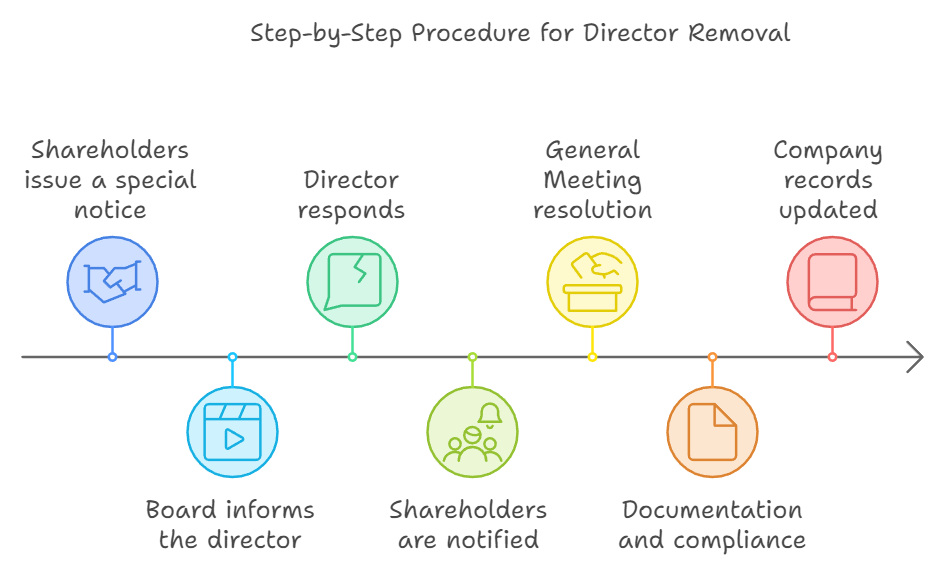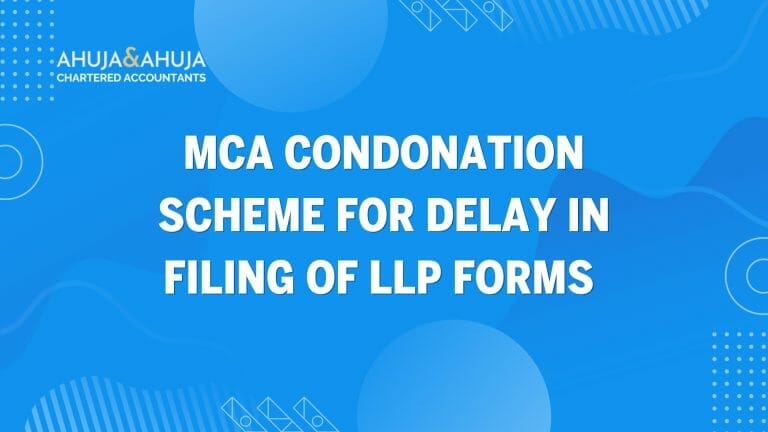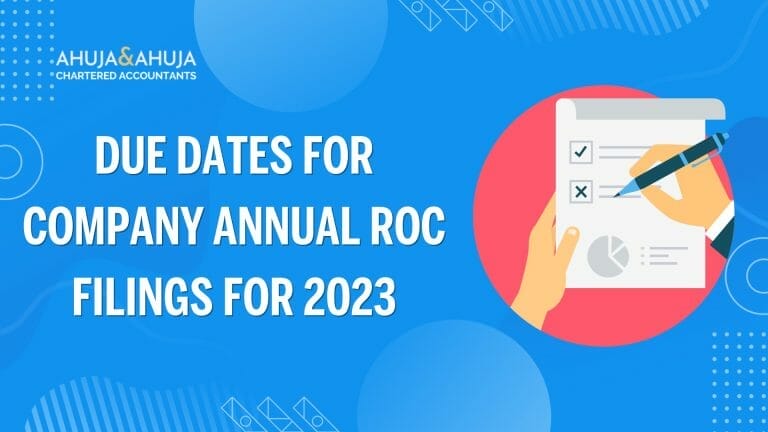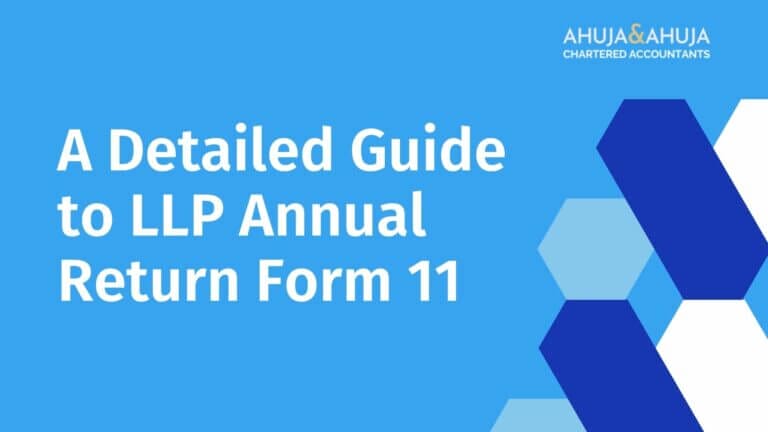Removal of Director section 169 of Companies Act: Procedure, Precautions etc.
In the complex structure of corporate governance, directors play a pivotal role in steering the company towards its goals.
They are not just figureheads but are actively involved in the strategic decision-making and management that determine the company’s success.
As such, the effectiveness and integrity of directors are crucial for the health and performance of the company.
However, there are instances when a director may need to be removed from their position. This removal could be necessitated for a variety of reasons which might range from non-performance, breach of trust, to legal disqualifications.
It’s a significant decision that affects both governance and operation within the company. To manage this delicate process, the Companies Act of 2013 lays down specific provisions to ensure that the removal of a director is conducted in a fair, transparent, and legal manner.
Understanding Section 169 of the Companies Act, 2013
According to Section 169 of the Companies Act, 2013, shareholders have the authority to remove a director by passing an ordinary resolution, except in the case of an appointed or independent director, where a special resolution may be necessary.
This provision empowers the shareholders, ensuring that they can take decisive action when necessary to protect the interests of the company.
Step-by-Step Legal Framework for Director Removal
1. Initiation:
- The process begins with a special notice required under section 115 from one or more shareholders who intend to move a resolution for the removal of a director.
2. Notice to the Director:
- Upon receiving a special notice, the company must promptly inform the director concerned, granting them an opportunity to present their case.
3. Resolution at General Meeting:
- An Extraordinary General Meeting (EGM) or Annual General Meeting (AGM) is convened where the resolution for the removal of the director will be discussed and voted upon.
These steps are designed to ensure that all parties are treated with fairness and that any removal is legally compliant, reflecting due process under the law.

Reasons for the Removal of a Director
Directors can be removed under various circumstances detailed within the Companies Act, including but not limited to:
- Dereliction of duty
- Misconduct
- Engagement in fraudulent activities
- Persisting conflicts of interest
- Legal disqualification as elaborated in the Director Disqualification under Companies Act, 2013.
It is crucial for companies and shareholders to understand these stipulations to effectively manage their governance structures and adhere to the best practices of company registration and management in India.
Understanding the legal basis and process for removing a director is essential for maintaining the integrity and performance of a company.
This clarity helps ensure that any transitions in leadership contribute positively towards achieving the company’s objectives and uphold shareholder interests.
Detailed Procedure for the Removal of a Director
Removing a director from their position is a procedure that requires careful adherence to legal protocols to ensure legality and fairness. Here’s a breakdown of the specific steps that need to be taken when invoking Section 169 of the Companies Act, 2013:
Step-by-Step Procedure for Director Removal
Step 1: Issuing a Special Notice
- The process starts when shareholders who hold at least 1% of total voting power or shares worth not less than ?5,00,000, issue a special notice under Section 115 requesting the removal of a director. This notice must be sent to the company at least 14 days (but not more than 28 days) before the meeting.
Step 2: Board Intimation to the Director
- Upon receiving the notice, the company must immediately forward a copy to the director concerned, informing them about the proposal for their removal and providing the reasons stated by the shareholders.
Step 3: Director’s Response
- The director has the right to make a written representation appealing against their removal, which should be sent to the company promptly if they wish to have it included with the meeting notice sent to the shareholders.
Step 4: Notifying Shareholders
- When convening the General Meeting where the resolution will be discussed, the company should include the director’s representations in the notices sent to shareholders if the director submits them in a timely manner.
Step 5: General Meeting Resolution
- The resolution for the removal of the director is put to vote at the EGM or AGM. An ordinary resolution is required for the removal unless the director is an independent director, in which case a special resolution is necessary.
Step 6: Documentation and Regulatory Compliance
- If the resolution passes, the company must file the necessary forms with the Registrar of Companies, usually within 30 days of the resolution. This includes Form MGT-14 for public companies or DIR-12 for informing changes among directors.
Step 7: Updating Company Records
- Following the removal, company records such as the register of directors must be updated to reflect the changes.

Legal and Documentary Requirements
Filing Form DIR-12: It’s essential to notify the Registrar of Companies by filing Form DIR-12, along with the required fees and supporting documents, within the stipulated timeline.
Supporting Documents: These generally include the resolution passed at the general meeting, any written representations by the director, and proof of notice given to the director and shareholders.
This detailed procedure ensures that every step undertaken in removing a director is compliant with the legalities of the Companies Act, 2013.
Such precision not only helps in the smooth execution of this sensitive task but also safeguards the company and involved parties against potential legal repercussions.
Reasons for Removal and Necessary Precautions
Common Grounds for Director Removal
Directors hold significant responsibilities and are expected to perform their duties with utmost diligence and integrity. The Companies Act provides specific scenarios where a director may be removed from their office. These include:
- Incapacity: Health conditions that render them unable to perform their duties.
- Absence: Failing to attend board meetings continuously for twelve months without special leave of absence sanctioned by the board.
- Disqualification: As stipulated under the Companies Act, including but not limited to being declared of unsound mind, insolvent, undischarged bankruptcy, or convicted by a court of any offence.
- Legal Violations: Engaging in fraudulent practices or contravening any provisions of the Companies Act.
For a deeper understanding of disqualifications, please refer to the comprehensive explanation provided here.
Precautions to Ensure a Fair and Legal Removal Process
While the legal framework provides the necessary steps for removing a director, it is crucial to adopt a fair process that respects the rights of the individual while safeguarding corporate governance standards.
- Timely and Adequate Notice: Ensuring that all legal notices are issued well in advance and contain precise reasons for the proposed removal.
- Right to Defense: Allowing the director sufficient time and opportunity to present their case, either in writing or in person, during the general meeting.
- Transparent Proceedings: Maintaining transparency during the general meeting to ensure all shareholders are thoroughly informed and the decisions are on record.
- Legal Compliance: Adhering to all regulatory requirements and filings promptly to avoid legal complications.
Final Words: Removal of Director u/s 169
The removal of a director is a significant action that requires careful consideration and adherence to strict legal procedures.
Companies must ensure that they not only comply with the letter of the law but also respect the spirit of fair and ethical management practices. This approach minimizes potential disputes and maintains the company’s reputation.
To further explore related topics, such as the procedure for private limited company registration in Gurgaon or Noida, which involve director roles and compliance, consult our detailed guides.
This structured approach to director removal ensures that both the company’s and director’s interests are protected, creating a balance between necessary corporate governance and individual rights.
Disclaimer
The materials provided herein are solely for educational and informational purposes. No attorney/professional-client relationship is created when you access or use the site or the materials. The information presented on this site does not constitute legal or professional advice and should not be relied upon for such purposes or used as a substitute for professional or legal advice.







